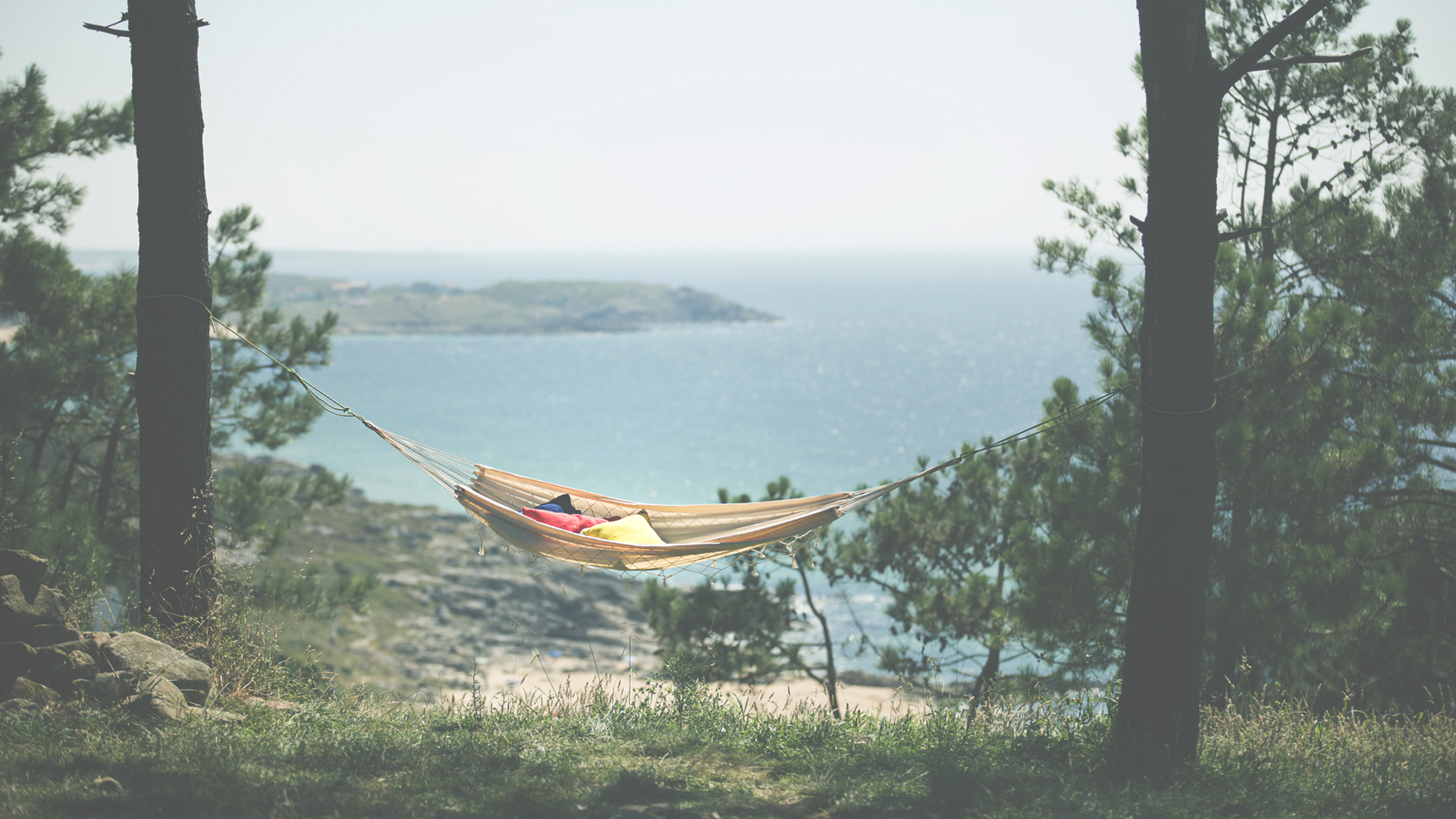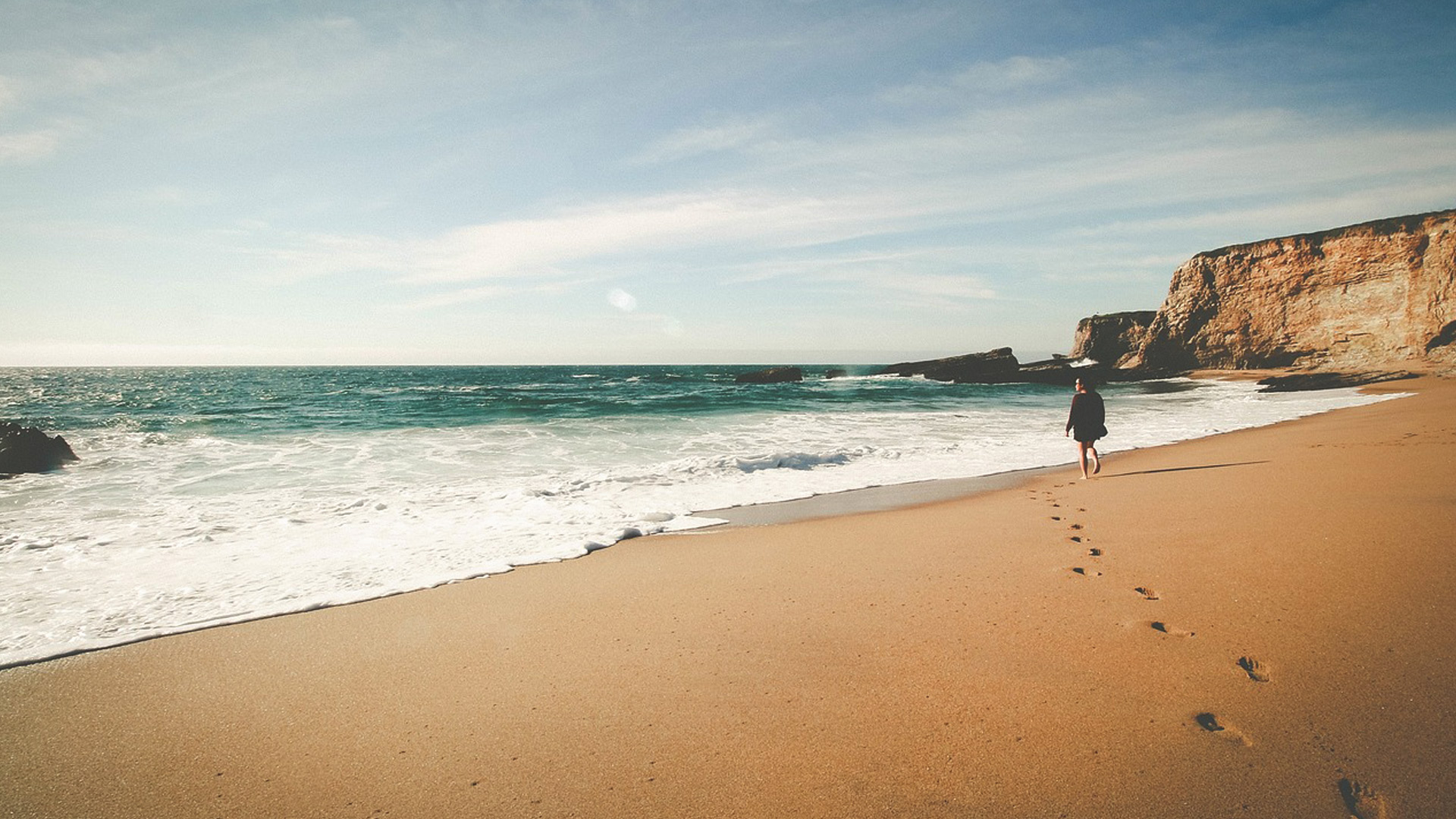
The Beauty of Life in the Slow Lane
By Navdeep Singh Dhillon
When I first heard the term “slow travel,” I thought it involved taking a really long time getting places by hitchhiking, rowing, or biking across Europe while carrying a large heavy appliance on your head. It turns out no appliances are involved. Slow travel puts to words the core tenets of what comes naturally to introverts while traveling and, perhaps more importantly, introduces ambiverts and extroverts to a more peaceful lifestyle.
The main operating principle of the slow travel movement is to actually return rested and rejuvenated from your time away. In other words, no declarations of “I need a vacation from my vacation!” because of over-planning a trip and being in a rush to do and see everything. Instead, a slow traveler goes for a more local experience by renting an apartment, visiting markets, and staying at one place for a few weeks or longer rather than running around checking off must-sees. The slow travel movement, which arguably began with the protest against a McDonalds in Rome during the late 1980s, started off as a movement against the culture of fast food and grew to an overall cultural shift towards slowing down. For the sake of stating the obvious: I am totally down with slow travel.
A lifetime ago, my wife and I went on a six-month backpacking honeymoon adventure through India. Despite India’s loud and crowded way of greeting locals and tourists, it was one of the most relaxing trips we’ve taken solely because we had a plan—an introverted plan. We had a rough idea of the areas we wanted to hit and mentally prepared ourselves for those that were supposed to be super populated, like the Taj Mahal in Agra, Dal Lake in Kashmir, the Golden Temple in Amritsar, the bangle market in Hydrabad, and the squashed, crowded alleys of Old Delhi, serving all kinds of delicious food. In between those louder places, though, we let our introverted selves shine. In Mcleod Ganj, we made friends with a second generation Tibetan exiled monk who took us to the local waterfall, played chess with us, and talked about momos. In the evenings at a coffee plantation in Tamil Nadu, we would sit in hammocks and read. It was as idyllic as it sounds.
We both have many relatives in India, and those relatives had strong opinions on our travel itinerary. After spending a few nights on a houseboat in Kerala that ended up being much noisier and more sociable than we’d thought it would be (it was fun, we just needed a break!), we made a decision that is now seen as infamously unfathomable to most of those relatives. We opted out of going on a very short train ride from our houseboat to Kanyakumari, a place rooted in history and Hindu mythology, whose features include the ability to take iconic photos of sunrise and sunset on the beach. The “must-see” factor of Kanyakumari can’t be overstated. But it also sounded that the beach would be crowded with people trying to get their perfect photos. So, our collective response was: “Nah, maybe next time.” That was 10 years ago. We are still questioned by aunts and uncles on our decision-making process.
Fast-forward several years: we now have a mortgage and two kids. We don’t have the luxury of time or money to go gallivanting around for months while visiting fruit markets in French villages. But even though we don’t get to practice it during the week, we still love everything about a slow lifestyle.
While many articles and sites that promote a slow lifestyle are written by travel bloggers, it is a not-too-far jump to incorporate “slow” into your short travels and daily lives. One of the things I love about my kids—which also drives me up the wall, truth be told—is they are the most chilled out people you’d ever see when we are in a rush to get somewhere. Mostly this is because of the relaxed way we go on vacations, which they translate to City life. What if trains are on a weekend schedule and we have half an hour to get into New York for one of my daughter’s dance classes? No problem— Kavya will choose this moment to ask me about how I generally liked my first grade experience or solicit compliments on her choice of outfit, and 2-year-old Shaiyar Singh can always be trusted to leap into the air while calling himself an Airbender.
Incorporating the idea of “slow” into our daily lives may not always be successful, but it’s something that we are actively adapting to. I like that my kids think of this lifestyle—and not the frantic pace of scheduling everything—as normal. As an adjunct instructor, I have an erratic weekly schedule. Some mornings, I can leisurely take my kids to school without worrying about getting to work in a mad dash, and other days, I’m gone by the time they normally wake up. Instead of rushing out the door to school at her usual time, my daughter will wake up early with her specially requested alarm clock just so she can sit with me and drink tea.
I would like to be the Papa who has the most chilled out lifestyle ever, but truth is my kids keep me grounded, so writing deadlines, grading papers, and the general stress of commuting and interacting with people don’t wear me down. I’m especially in awe of my daughter’s ability to remain calm and centered even when her Papa isn’t feeling it.
With the absence of long-term travel for the time being, we try to plan almost all our trips the slow way, from local trips into Manhattan or Atlantic City to longer ones to Louisiana, Hawaii, California, or Puerto Rico. With a little planning and research, any place can be a quiet reprieve. Atlantic City is notorious for extreme loudness and constant activity, but it has a beach! It also has some wonderfully quiet family-friendly restaurants off the strip, like a Vietnamese joint where they handed Kavya a pair of scissors to cut her noodles for pho.
Planning a slow-travel vacation with extended family is a little trickier because there are competing interests and personalities. A few years ago, my wife, Sona, and I took a multi-generational trip to Hawaii with Kavya, who was almost 2-years-old, my introverted parents, and my wife’s textbook extrovert family: her parents, sister, and brother.
With so many personalities, it’s a challenge to keep everyone engaged, but I think we did a pretty good job of organizing the trip so everyone got something out of it. Our favorite island, Maui, totally meshed with the quieter personalities because my parents loved chilling out at the beach and relaxing into the slow pace of the town we were in. Sona’s family enjoyed it for a day or two, but then boredom ensued, which led to all of us being in one gigantic rental car that Sona’s father insisted on driving in a hair-raising road trip to Hana. Oahu, the quiet family members’ least favourite island, was on the top of Sona’s family’s list because it had the familiar chain restaurants and Pearl Harbor, so there was tons to see and explore and many people to interact with. But even the introverts were satisfied because we also got to depart from the beaten path by taking a bus to the quiet local botanical garden. The trick to balancing it all is not to overschedule activities and to allow various personalities to go along with what everyone else is doing or to do their own thing without feeling pushed.
I don’t know if the slow travel movement has an official motto, but in 2001 on a trip to Vietnam, I was highly disappointed to not make it to Ho Chi Minh City. My travel partner, an Australian woman I was dating at the time, suggested we go for pho. As I, sulkily and with a distinct lack of appreciation, slurped up probably some of the freshest pho I’d ever had, she turned to me on a tiny stool and said, “You should never see everything in one go. It’s not healthy for the digestive system. See it next time.”











